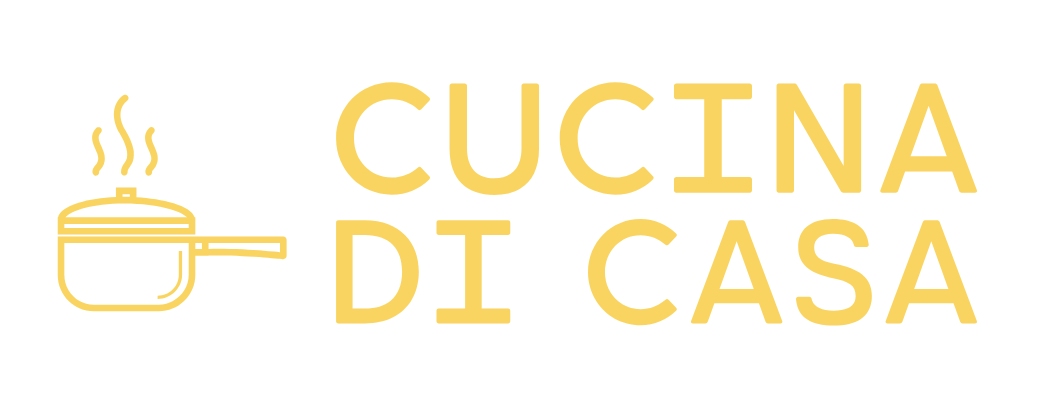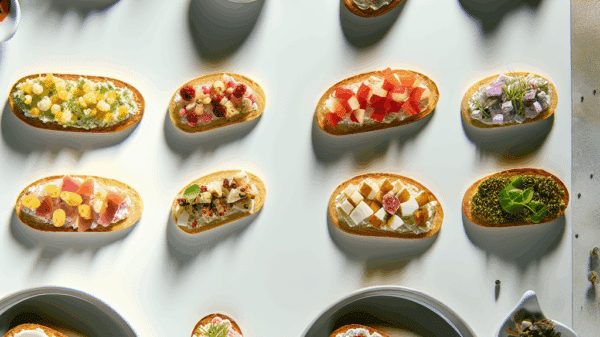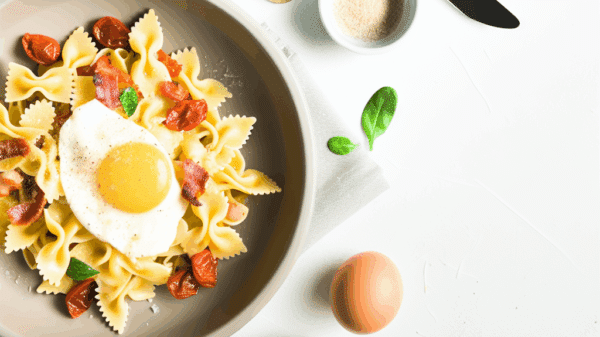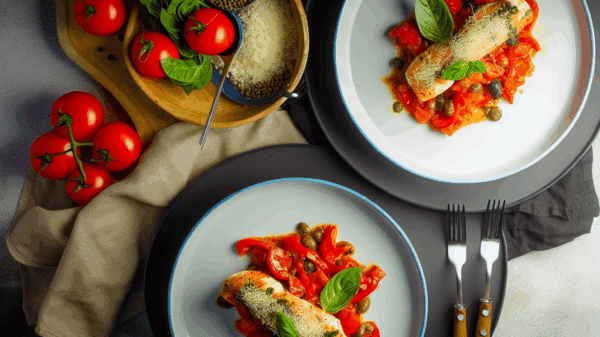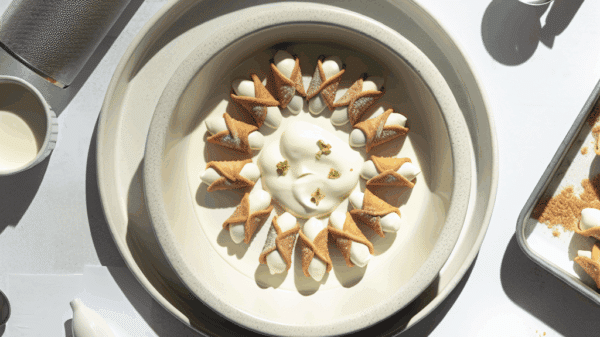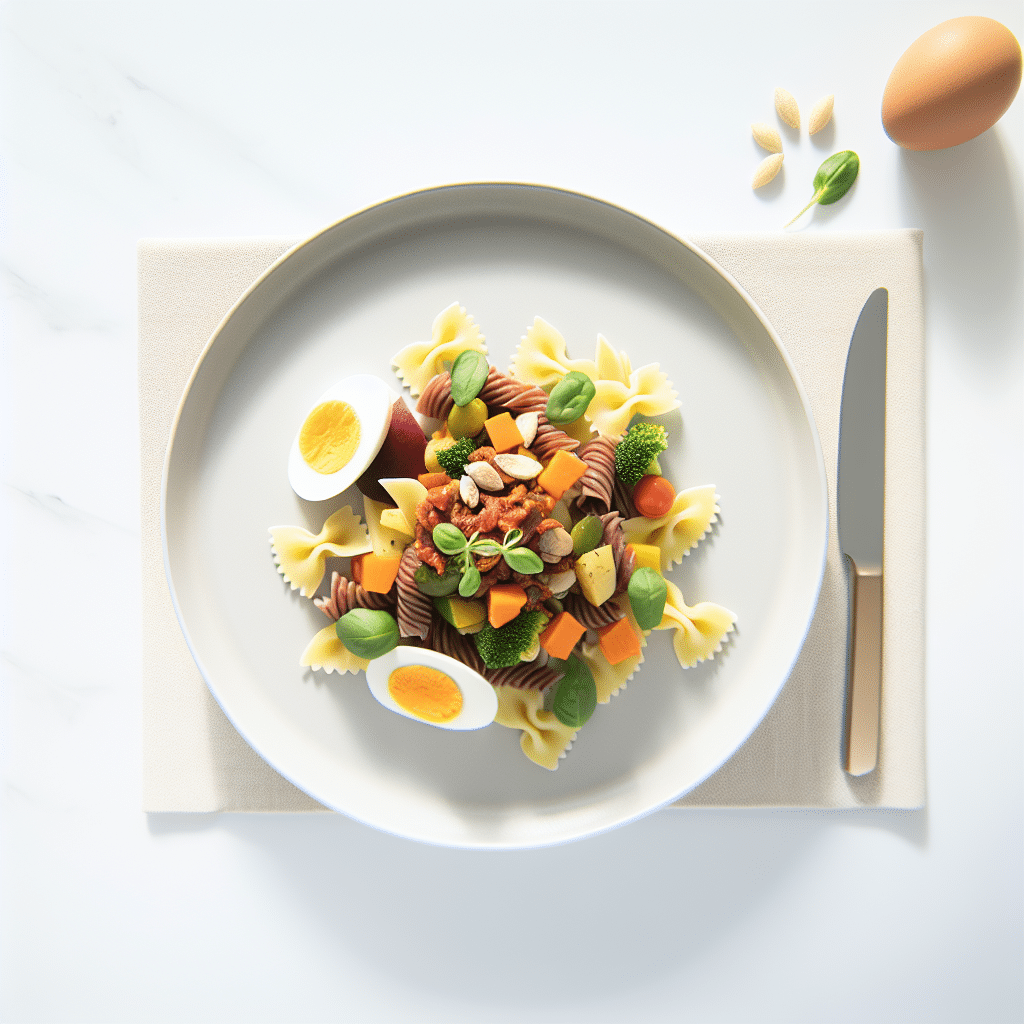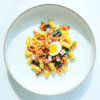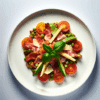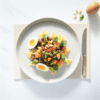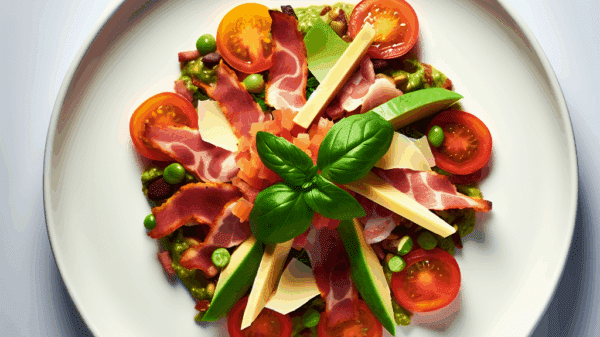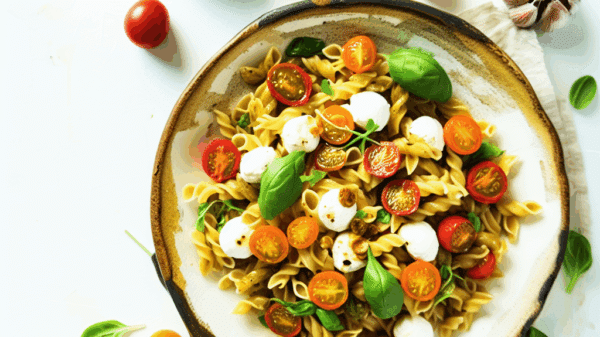Overview
High-protein pasta dishes are a delightful way to celebrate Italian cuisine while catering to those looking for nutritious meal options. Perfect for health-conscious individuals, fitness enthusiasts, or anyone wanting to take a step away from traditional carbohydrates, this versatile recipe is both satisfying and filling. With roots in various regions of Italy—from the rich pasta dishes of Emilia-Romagna to the vibrant flavors of Campania—these high-protein pasta recipes can be an excellent addition to your weekly meal rotation. Estimated prep time is 15 minutes, cook time is about 25 minutes, and the overall difficulty is moderate.
Ingredients
- 250g (9 oz) high-protein pasta (e.g., lentil, chickpea, or bean-based) – an Italian-made variety if available
- 2 tablespoons (30 ml) extra-virgin olive oil
- 2 cloves garlic, minced
- 400g (14 oz) canned San Marzano tomatoes, whole or diced
- 150g (5 oz) spinach, fresh or frozen
- 100g (3.5 oz) ricotta cheese (or dairy-free alternative)
- 50g (1.75 oz) freshly grated Parmigiano-Reggiano (optional)
- Salt and freshly cracked black pepper to taste
- Fresh basil or parsley for garnish
Step-by-Step Instructions
- Bring Water to a Boil: In a large pot, fill with water and add a generous pinch of salt. Bring it to a rolling boil over high heat (5-7 minutes).
- Cook the Pasta: Add the high-protein pasta to the boiling water. Cook according to package instructions, usually about 8-10 minutes. Stir occasionally to prevent sticking; aim for an al dente texture.
- Prepare the Sauce: While the pasta is cooking, heat the olive oil in a large skillet over medium heat (about 2 minutes). Add the minced garlic and sauté until fragrant, about 30 seconds; do not let it brown.
- Add Tomatoes: Pour in the canned San Marzano tomatoes. Use a wooden spoon to break them down slightly, allowing them to simmer and meld with the garlic (5-7 minutes).
- Incorporate Spinach: If using fresh spinach, add it to the sauce and stir until it wilts, about 2 minutes. If using frozen spinach, allow it to thaw and drain any excess liquid before adding.
- Combine Pasta and Sauce: Once the pasta is cooked, reserve about 1 cup of pasta water and drain the rest. Add the drained pasta to the skillet and toss to combine with the sauce. If the sauce appears too thick, add a bit of reserved pasta water until the desired consistency is reached (1-2 minutes).
- Finish with Ricotta: Remove from heat and dollop the ricotta cheese throughout the pasta mixture, gently folding it in. Adjust seasoning with salt and pepper as needed.
- Serve: Plate the pasta, garnishing with freshly grated Parmigiano-Reggiano and a sprinkle of fresh basil or parsley. Enjoy hot.
Variations & Substitutions
- Vegan Option: Substitute ricotta with vegan cream cheese or cashew cheese and use nutritional yeast for a cheesy flavor.
- Gluten-Free: Use gluten-free high-protein pasta made from lentils or chickpeas.
- Protein Boost: Add cooked shrimp, chicken, or turkey for an extra protein punch.
- Flavor Variations: Incorporate sun-dried tomatoes, olives, or capers for a Mediterranean flair. Experiment with herbs like oregano or thyme for regional twists.
Make Ahead, Storage & Reheating
For meal prep, cook the pasta and sauce separately and store them in airtight containers in the fridge for up to 3 days. The flavors often improve upon chilling, making it an excellent option for lunches or quick dinners. When storing, be sure to keep pasta and sauce separate to prevent sogginess.
To freeze, keep them in freezer-safe containers for up to 3 months. Thaw overnight in the fridge before reheating. To reheat, gently warm on the stove over low heat, adding a splash of water or stock to revive the pasta’s moisture. Avoid microwave reheating to maintain the dish’s authentic texture.
Nutrition (Approx.)
Per serving (1 plate) of high-protein pasta:
- Calories: 400
- Protein: 25g
- Carbohydrates: 50g
- Fat: 12g
- Fiber: 10g
Serving Suggestions
Pair this high-protein pasta with a crisp mixed greens salad drizzled with balsamic vinaigrette. For a more classic Italian experience, serve alongside roasted vegetables seasoned with herbs. For beverage pairings, consider a chilled Pinot Grigio or a light-bodied red like Chianti. For kid-friendly options, serve with a side of garlic bread or a fruit salad for a refreshing finish.
FAQs
- Can I use regular pasta instead of high-protein pasta?
- Yes, but be aware that the nutritional profile will differ and it may not offer the same level of satiety.
- How do I know when the pasta is perfectly cooked?
- Pasta should be tender but still firm when bitten, a texture known as al dente.
- Can I use canned vegetables instead of fresh?
- Yes, but ensure to drain and rinse them thoroughly to reduce excess sodium.
- How do I store leftover pasta?
- Store in an airtight container in the refrigerator for up to 3 days or freeze for longer periods.
- What if I don’t have San Marzano tomatoes?
- You can substitute with any quality canned tomatoes, though San Marzano is preferred for its sweetness.
Conclusion
Creating a high-protein pasta dish rooted in Italian tradition allows you to enjoy a healthy meal without sacrificing flavor or authenticity. With tips on storage and variations to cater to different diets, you’re now equipped to convert classic Italian comfort food into a nutritious feast. Whether you’re capturing the rustic vibes of the Tuscan countryside or savoring the coastal flavors of Sicily, give these recipes a try for vibrant, satisfying dining experiences!
